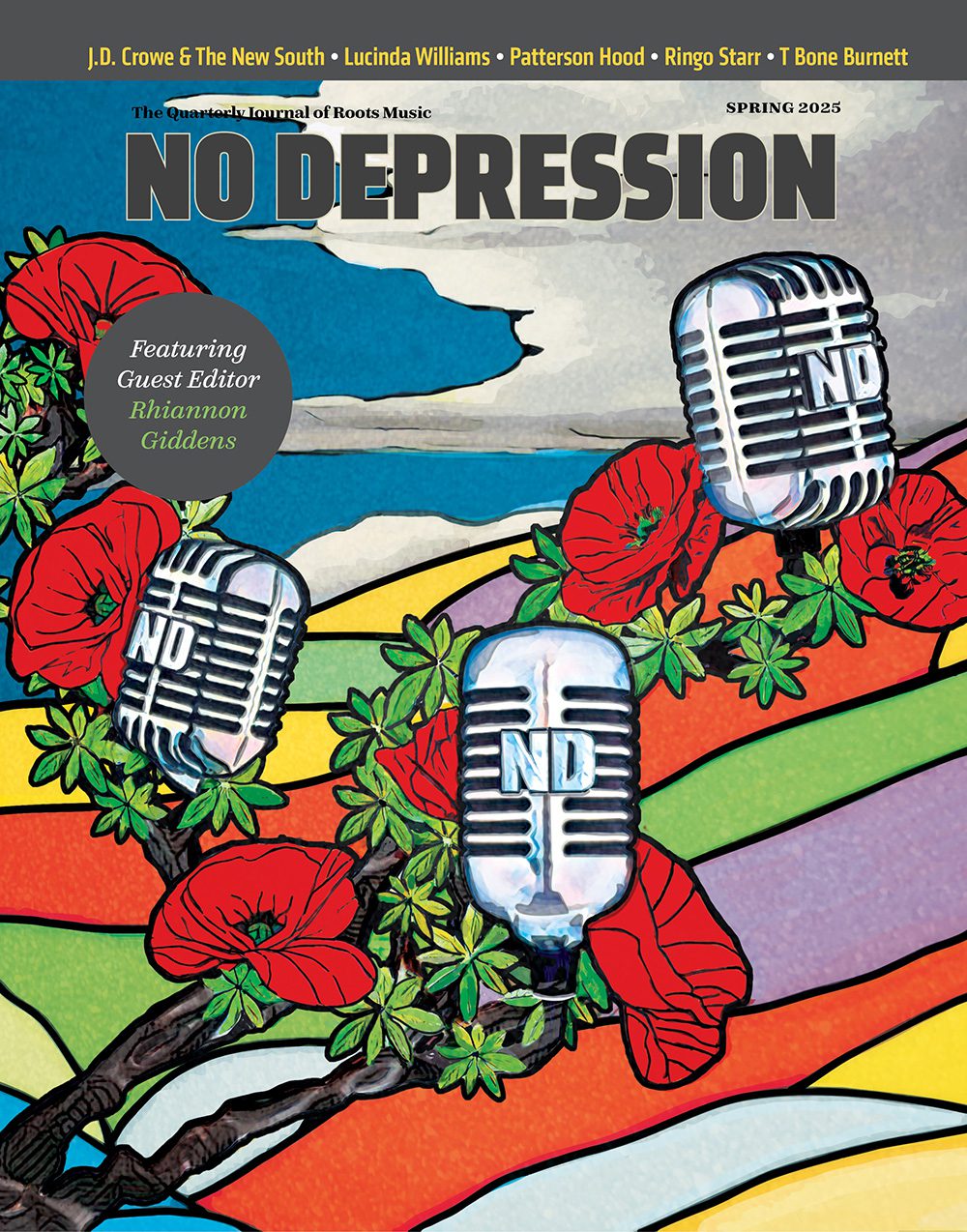Jim Lauderdale – The Bluegrass Diaries / Merle Haggard – The Bluegrass Sessions
It’s a sign of what a big tent this music has become that two new releases by major artists should feature “bluegrass” so prominently in their titles yet sound so little alike.
Time was when everyone knew what bluegrass sounded like. The instrumentation was “plinka-plunka-plinka” (like the themes from “The Beverly Hillbillies” and Deliverance), often played at breakneck speed. The vocals had guys singing high like they were holding their noses, or singing through them. Material tended to reference some non-urban, non-northern geographical location, but the songs — and the vocals too — were mainly pegs for the instrumental interplay. Some of us didn’t have an ear for bluegrass for the same reason we didn’t care for jazz-rock fusion: It sounded like showoff stuff.
So one way that bluegrass has changed can be shown in the strengths these two albums have in common: Both Jim Lauderdale and Merle Haggard are very distinctive singers and songwriters. Yet where Lauderdale’s music here fits within traditional bluegrass strictures — take away the singer and his songs and these arrangements could suit any number of proficient bluegrass bands — Haggard and producer Ronnie Reno (a bluegrass vet who has also played with Haggard’s Strangers) adapt the acoustic arrangements to support the artist’s singular style. The former sounds equally like a Jim Lauderdale album and a bluegrass album; the latter is foremost a Merle Haggard album.
Lauderdale has fashioned an enviable career for himself. He’s a maverick with mainstream acceptance, at least as a songwriter; his royalties from George Strait alone could subsidize a healthy cottage industry. And if major labels are no longer interested in Lauderdale as a recording artist, he has treated his commercial exile not as rejection but as liberation, allowing him to release not only more music on indies than he ever could on majors, but to focus those releases to highlight different facets of his musical personality.
Thus, where his major-label releases were more eclectic and genre-bending, when Lauderdale now releases a bluegrass album (and this is one in an ongoing series), it’s unmistakably a bluegrass album. Uptempo material such as “This Is The Last Time I’m Ever Gonna Hurt”, “Looking For A Good Place To Land” and “One Blue Mule” finds Richard Bailey’s banjo driving it and Aaron Till’s fiddle lacing it. Toward the end of the closing “Ain’t No Way To Run”, Lauderdale asks the musicians, “You all wanna run some more?” and lets them romp away.
Midtempo fare and balladry more often features Jesse Cobb’s mandolin, producer Randy Kohrs’ dobro, and yearning harmonies (with Cia Cherryholmes on the gorgeous “I Wanted To Believe”). Though “Chances” comes as close to bluegrass Buddhism as you’re likely to hear (“We’re all different pieces of the puzzle/But deep down we’re all the same”) and Lauderdale’s songwriting collaborators include ringers such as J.D. Souther, bluegrass purists will feel perfectly at home here.
As for Haggard, the songs that cohere closest to bluegrass convention — “Runaway Momma” and “I Wonder Where To Find You” — are comparatively lightweight, while “Momma’s Prayers”, which barely has any instrumentation at all on its first verse, hits as deep as anything he’s ever recorded. The musicianship is impeccable throughout, with mandolinist Marty Stuart, guitarist Carl Jackson, banjoist Charlie Cushman, dobroist Rob Ickes, fiddler Aubrey Haynie and bassist Ben Isaacs providing a bridge between bluegrass territory and Haggard country, but the focal point is always the singer.
So maybe this could have been titled Haggard Unplugged. Whatever you call it, the results rank with his best, whether he’s reviving “Mama’s Hungry Eyes” (with Alison Krauss on harmonies) and “Big City”, introducing “Pray” and “What Happened?” (perhaps the only bluegrass song to reference Howard Stern), or paying tribute to Jimmie Rodgers and the Delmore Brothers. Even as newgrass, jamgrass and other such progressions expand the possibilities of bluegrass, you can’t confine a stylist as strong as this within a categorical corral.




